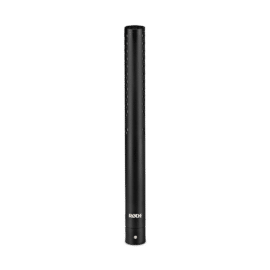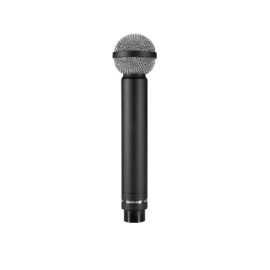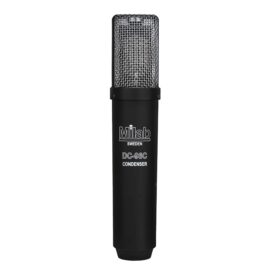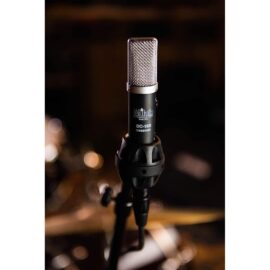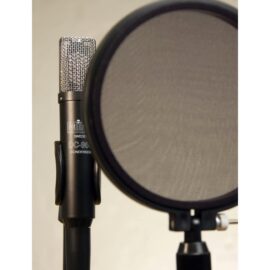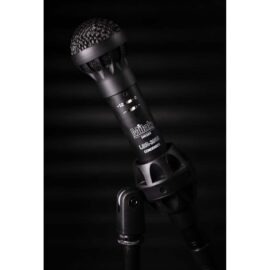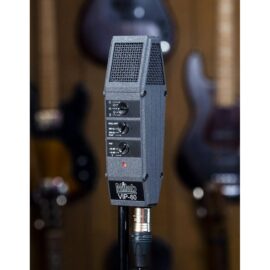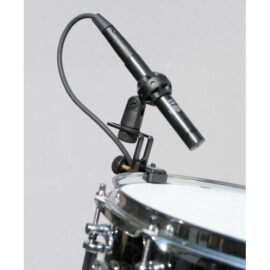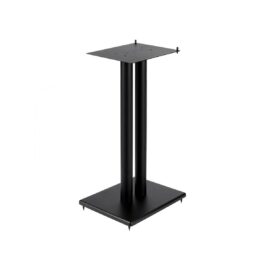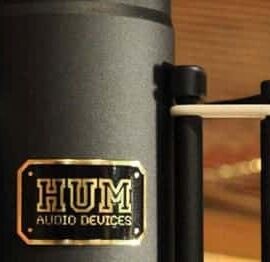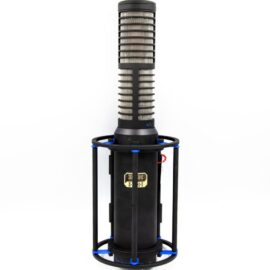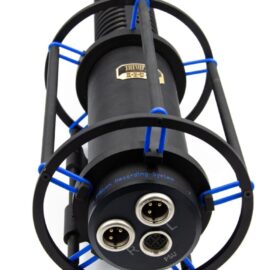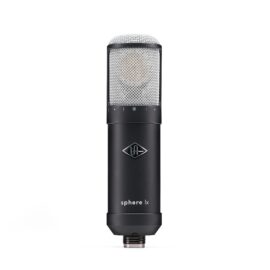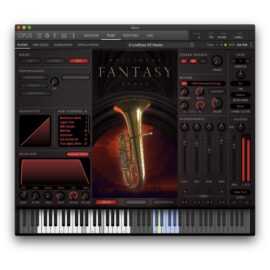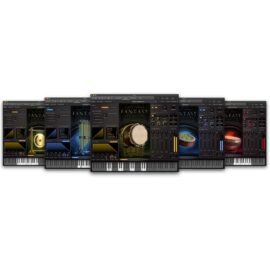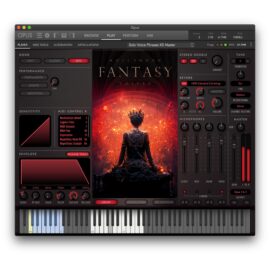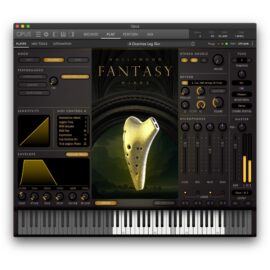Different types of microphones
There are many different types of microphones on the market, and they all have different strengths and weaknesses.
The most common types of microphones are
• Dynamic microphones, which are the simplest to use and also often the cheapest. For live use on stage, the most robust dynamic microphones are used, which require the sound source to be close to the microphone. Dynamic microphones only amplify the sound that is very close to the microphone and thus reduce the risk of feedback (feedback).
• Condenser microphones are often more expensive than dynamic microphones, but they are also more sensitive and can provide a more detailed recording. They are very suitable for studio recordings of vocals and acoustic instruments or for live recordings where the microphone is located far from the sound source. Condenser microphones require power in the form of 48V Phantom Power, which is supplied from a mixer or sound card. The most expensive condenser microphones often come with their own specially designed power supply. When using sensitive condenser microphones, you must have control over the recording room's own acoustics, so that you do not get unwanted resonances or noises in the recording.
• Ribbon microphones uses an originally older technology, where the microphones necessarily had to be large and clumsy. They were gradually supplanted by the smaller and good-sounding condenser microphones, but have had a renaissance in recent years and can now be produced without being heavy and clumsy. The sound is often described as more "natural", "warm" and ear-friendly, in contrast to the condenser microphone's often strong emphasis on the brightest and highest frequencies.
• USB microphones: where all other microphones must be connected to a mixer or a sound card, which can convert the microphone's acoustic signal into digital values in the computer (AD converter), the USB microphone is much simpler. The digital conversion takes place inside the microphone's electronics, so it can be connected directly to a computer without a sound card or other intermediate links. If you just need to record one sound source directly into the computer, the USB microphone is the cheapest and simplest solution.
Directional characteristics of microphones (“polar pattern”)
Directionality refers to the microphone's sensitivity to sound from different directions. On some microphones, the directional characteristic can be adjusted to suit the current recording situation.Kidney characteristic (“Cardiod”): the microphone preferably picks up signals at an angle from the front and slightly from the sides. Virtually all dynamic microphones have a kidney characteristic. With super kidney characteristics, the angle is narrower and thus picks up more directly from the sound source.
Octal characteristic ("Bi-directional"): the microphone mainly picks up signals from the front and back and to a lesser extent from the sides.
Omni characteristic: the microphone picks up signals in 360º, i.e. equally strongly from all sides around the microphone.
Club characteristics (“Shotgun”): The microphone's physical shape is very elongated, and it picks up signals from the sound source that the microphone is pointing directly at - mainly used for film and video productions.
How to get the best sound quality out of your microphone?
It is difficult to say how to get the best sound quality out of your microphone, as there are many different factors that come into play. It is generally a good idea to invest in a good quality microphone, which is the first and most important step in the recording process. You cannot bring out sound in your production that the microphone has not been able to pick up. It is also important to ensure that the microphone is positioned correctly so that it captures the sound in the best possible way. And last but not least, the recording room's own sound and the acoustic conditions are of great importance to the result.Cyber Farm handles negotiation and distribution of the absolute best microphone brands in the world. From the classics Telefunken og Neumann for the special ones Chandler/EMI/Abbey Road specialties, to Royers unique ribbon microphones.




